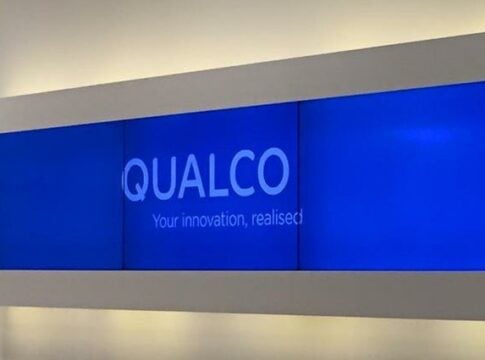Less than 24 hours after Greece’s Central Archaeological Council (KAS) failed to issue a decision delineating what – if any – portion of the old Athens airport and surrounding land tracts are areas of “archaeological interest”, another culture ministry-affiliated council unanimously approved a submitted development plan and environmental impact study for the landmark Helleniko land development project.
Specifically, members of the Central Council of Modern Monuments gave their “green light” for the massive privatization-cum-real estate project, which essentially weighs significantly in the final ministry decision to give its approval for the Helleniko investment. The issue of archaeological sites, monuments or interest over an area that for decades hosted a military airbase, a twin-terminal commercial airport and assorted other intensive uses was never broached.
Designated modern architectural monuments at the current site are divided into three sections. The first section includes the east terminal building, which was designed by celebrated Finnish-American architect Eero Saarinen, whose most famous works include the Gateway Arch in St. Louis and the TWA flight center at JFK Airport in New York City.
The east terminal was designated as a modern monument in 2006, judged as important for its specific architectural characteristics and for the study of the history architecture. In the development plan submitted by the consortium that won the tender for the land development project, the terminal is projected to be used as an exhibition center.
A second section of modern monuments includes three reinforced air force jet hangars, called “special constructions, and significant for the study of industrial architecture” in Greece and the history of the Hellenic Air Force. Both the terminal and the hangars will lie within the boundaries of a large metropolitan park that will be built on site.
Finally, another hangar, known as the “Pagoda”, was also designated as a modern monument, with the council saying its architectural style is unique in the country
Beyond the discussion over modern monuments and architecture, the council also discussed land developers’ plans for six skyscrapers at the coastal Helleniko site. One member, university professor Yiannis Aisopos, referred to a “wager” on whether the multi-storey structures will create a new – for Greece – example of coastal urban development on the national and Mediterranean levels, or if the “unsubstantiated scenario of a new Dubai” comes true.
On their part, representatives of Greece’s privatization fund (HRADF) and the Helleniko S.A. consortium defended the construction of skyscrapers, saying they serve another urban development concept, namely, a “reasonable combination of construction and coverage, so that the greater part remains as free space.”














